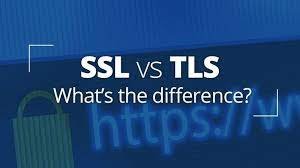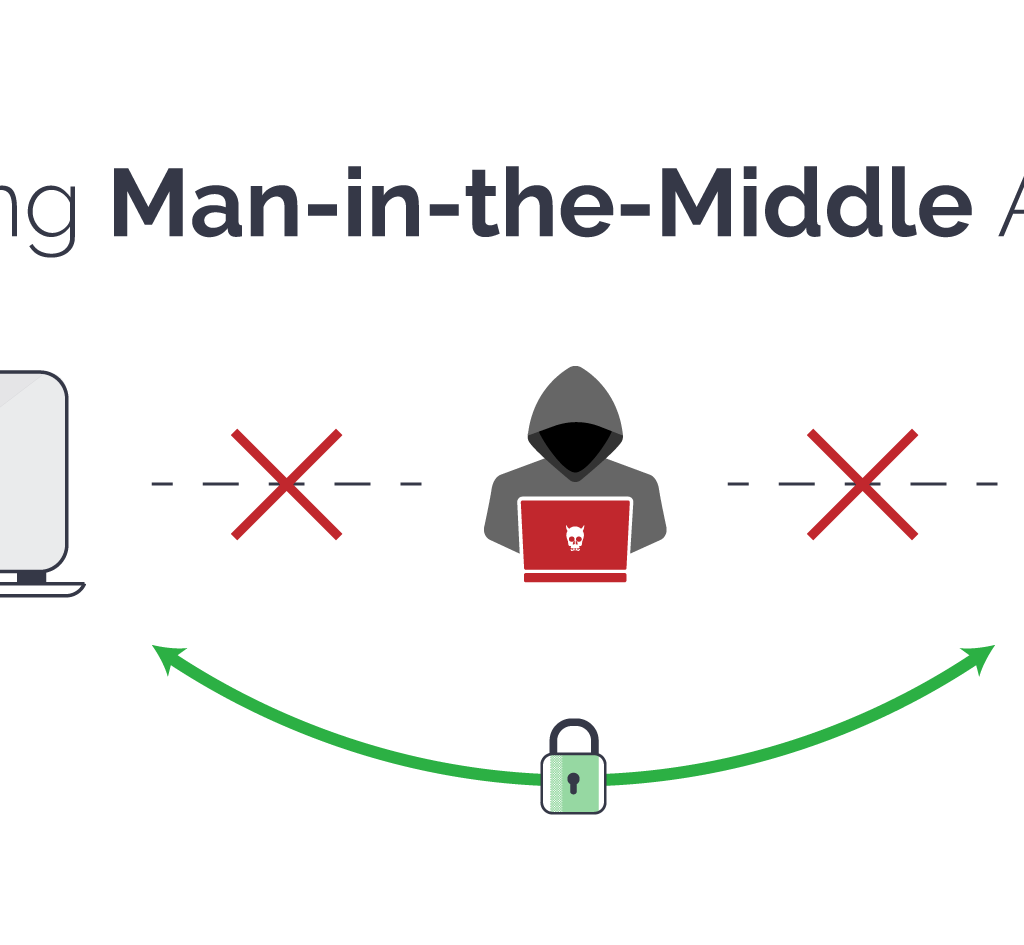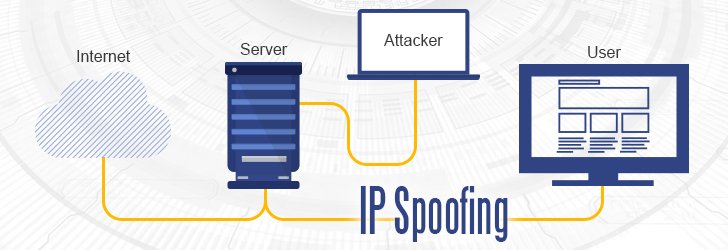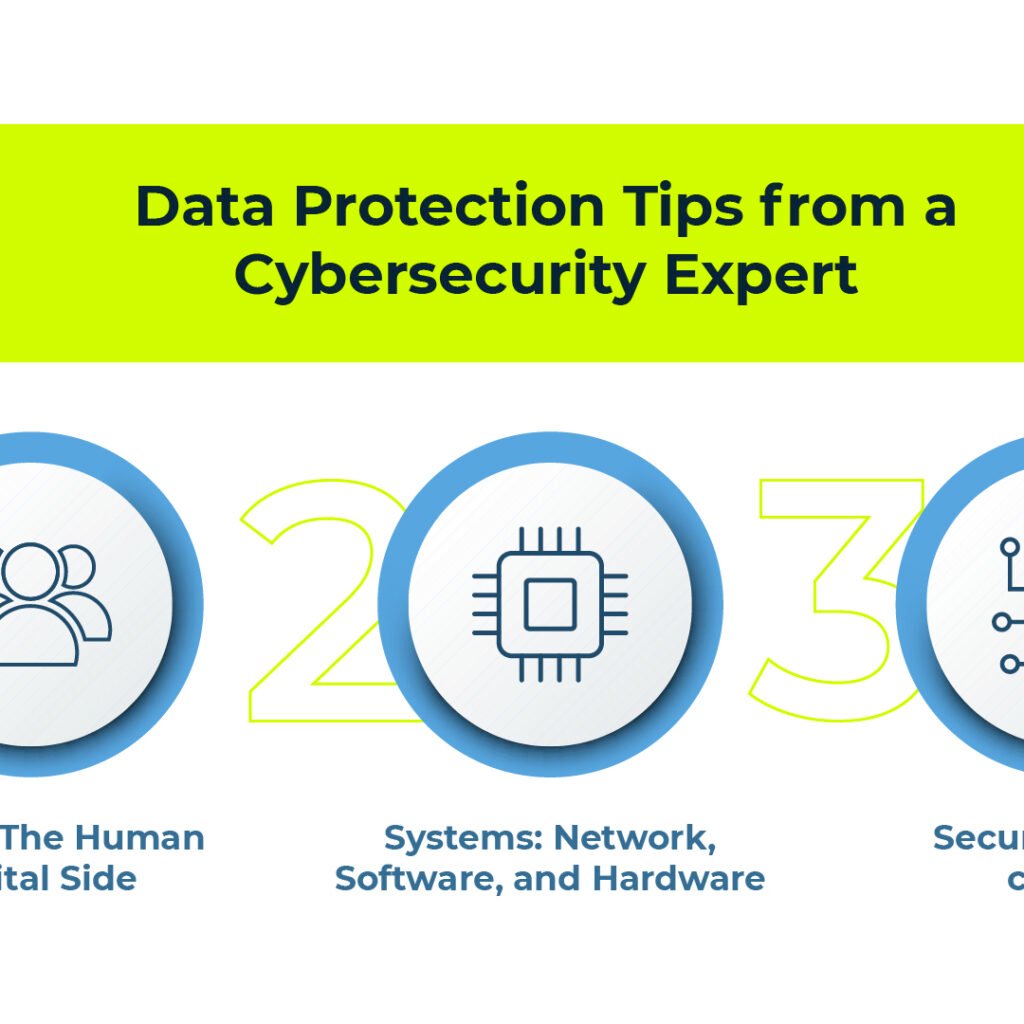
Zero-day exploits and attacks are an emerging threat that has gained prominence in recent years. These types of attacks exploit vulnerabilities in software that are unknown to the developer or vendor, making them extremely difficult to detect and prevent. Zero-day attacks can be devastating, allowing attackers to take control of systems, steal data, or install malware.
In this blog, we will explore the concept of zero-day exploits and attacks, their impact, and how to protect against them.
What are Zero-Day Exploits and Attacks?
Zero-day exploits and attacks refer to the use of a previously unknown vulnerability in software, hardware, or firmware to gain unauthorized access to a system, application, or network. These vulnerabilities are often discovered by attackers and are used to bypass security controls, install malware, or steal data. Because zero-day exploits are unknown to the vendor or developer of the software, there are no patches or updates available to fix the vulnerability.
The Impact of Zero-Day Exploits and Attacks:
The impact of zero-day exploits and attacks can be significant. They can be used to gain access to sensitive information, steal data, or compromise systems. Some of the potential impacts include:
- Unauthorized access to systems and applications
- Data theft or loss
- System downtime or disruption
- Malware installation or propagation
- Loss of reputation or customer trust
- Financial loss or regulatory penalties
Zero-Day Exploits and Attacks in the Real World:
Zero-day exploits and attacks have been used in numerous high-profile attacks in recent years. For example, the Stuxnet worm, discovered in 2010, used multiple zero-day exploits to infiltrate and damage Iran’s nuclear program. In 2017, the WannaCry ransomware attack exploited a zero-day vulnerability in the Windows operating system, infecting over 200,000 computers worldwide. These attacks demonstrate the potential impact of zero-day exploits and the importance of proactive security measures.
Detecting and Mitigating Zero-Day Exploits and Attacks:
Detecting and mitigating zero-day exploits and attacks can be challenging, given that there are no known vulnerabilities or signatures to identify them. However, there are some strategies that can be used to detect and mitigate these attacks, including:
- Network and system monitoring: Monitoring network traffic and system logs can help identify anomalies or suspicious behavior that may indicate a zero-day attack.
- User training and awareness: Educating users about common attack vectors, such as phishing and social engineering, can help reduce the risk of a zero-day exploit being successful.
- Patch management: Keeping software and systems up to date with the latest patches and updates can help reduce the risk of a zero-day exploit being successful.
- Intrusion detection and prevention systems: Implementing intrusion detection and prevention systems can help detect and block zero-day exploits and attacks.
Best Practices for Protecting Against Zero-Day Exploits and Attacks:
To protect against zero-day exploits and attacks, it is important to adopt a proactive security approach. Some best practices include:
- Regular security assessments and vulnerability scanning
- Implementing strong access controls and authentication mechanisms
- Restricting access to sensitive systems and data
- Deploying endpoint protection solutions
- Implementing a security information and event management (SIEM) system
Conclusion
In conclusion, zero-day exploits and attacks are a growing threat to businesses and individuals alike. While it’s impossible to completely eliminate the risk of these types of vulnerabilities, there are steps that organizations and individuals can take to protect themselves. By staying up-to-date on the latest threats, investing in robust security measures, and adopting a proactive and collaborative approach to security, we can help to mitigate the risks and keep our digital lives safe.



















